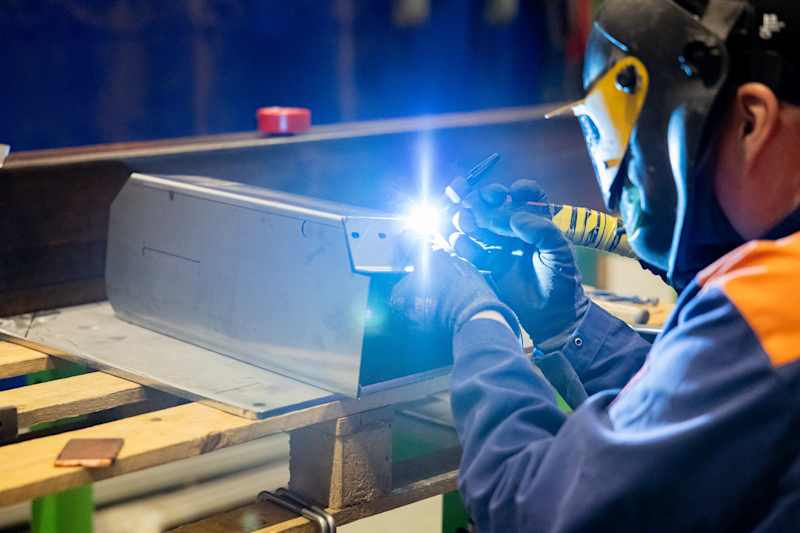Finnvera’s funding to Lapland almost doubles – not only tourism but also industry in the Meri-Lap region now dares to invest

Lapland’s strong performance is explained by positive growth in all main sectors. Tourism is Lapland’s biggest boomer, but manufacturing is also going strong.
Funding for Lapland from Finnvera, the state’s special financing company, almost doubled last year.
In Lapland, Finnvera’s funding increased by 82% in all main sectors to EUR 36 million. The province is experiencing an economic boom, and tourism is the main source of growth in Lapland.
The value of investments in Lapland partly financed by Finnvera was EUR 74 million, of which EUR 50 million was allocated to the tourism sector.
Finnvera’s funding for industrial companies also increased significantly from the previous year. Access to large projects in Northern Sweden has encouraged the investment of Meri-Lapland industrial companies in particular.
Finnvera granted funding to northern Finnish companies in 2024 for a total of EUR 131 million, compared with EUR 106 million in the previous year.
– This indicates the improved economic outlook and, in part, that, as interest rates stabilize, companies have been encouraged to invest in future growth.
Smaller tourist communities have also been able to join the growth
The growth of the tourism sector has significant reflection effects on other sectors. According to Finnvera, there is no recession in construction in Lapland, and service sectors are also growing in tourism.
-The financing of business services in Lapland increased significantly, as did the financing of trade and consumer services. The provincial industry also goes strongly, says Pasi Vartiainen.
The tourism industry in Northern Finland is currently living in its excitement. Rovaniemi is full of tourists and the city’s accommodation capacity is not enough for everyone.
– In Levi and Inari, the growth has also been strong, and smaller tourism locations such as Kemijärvi and Ylitornio have been caught growing, says Vartiainen.
According to Vartiainen, tourism investments were not limited to Lapland, but also in Northern Ostrobothnia tourist centers such as Ruka and Iso-Syöte invested in a new one.
– Kainuu has not yet been properly involved in international tourist flows, but new openings have been made and there is an opportunity for growth.
